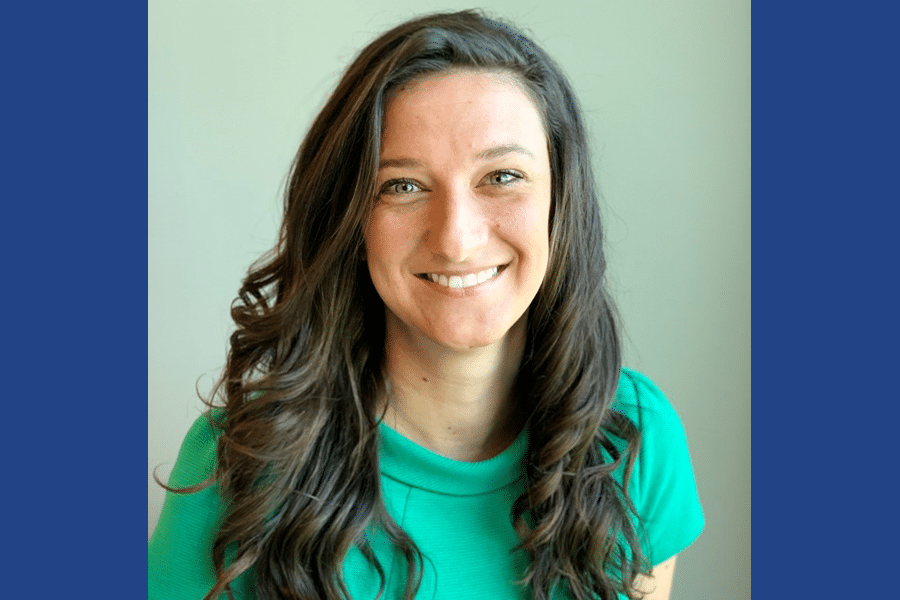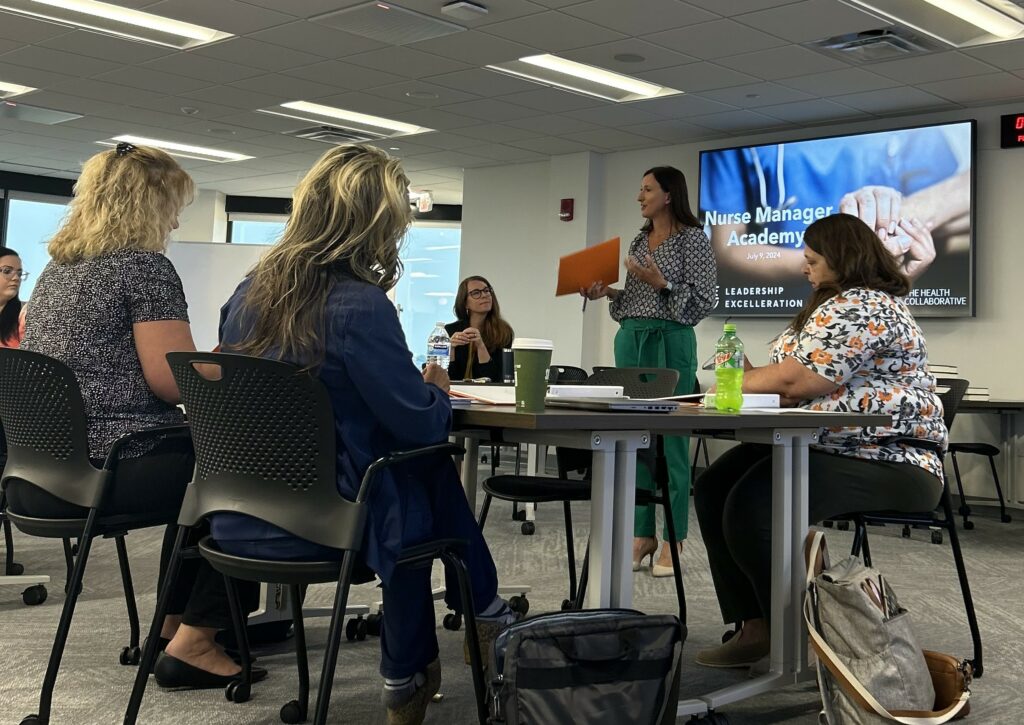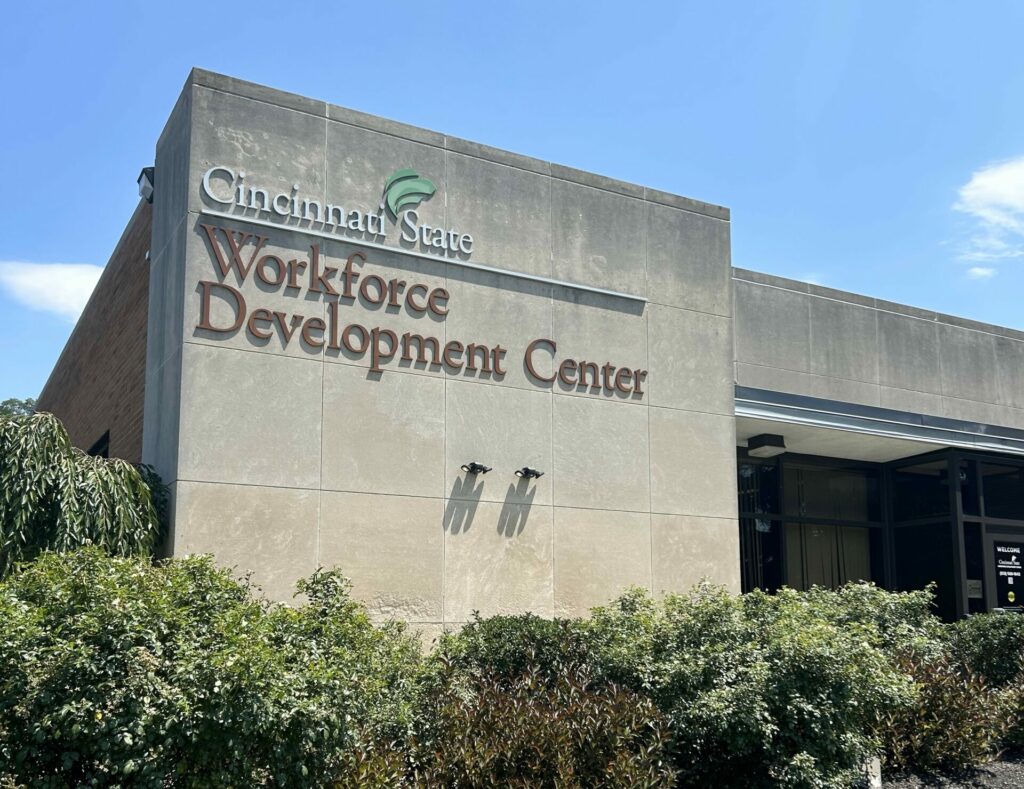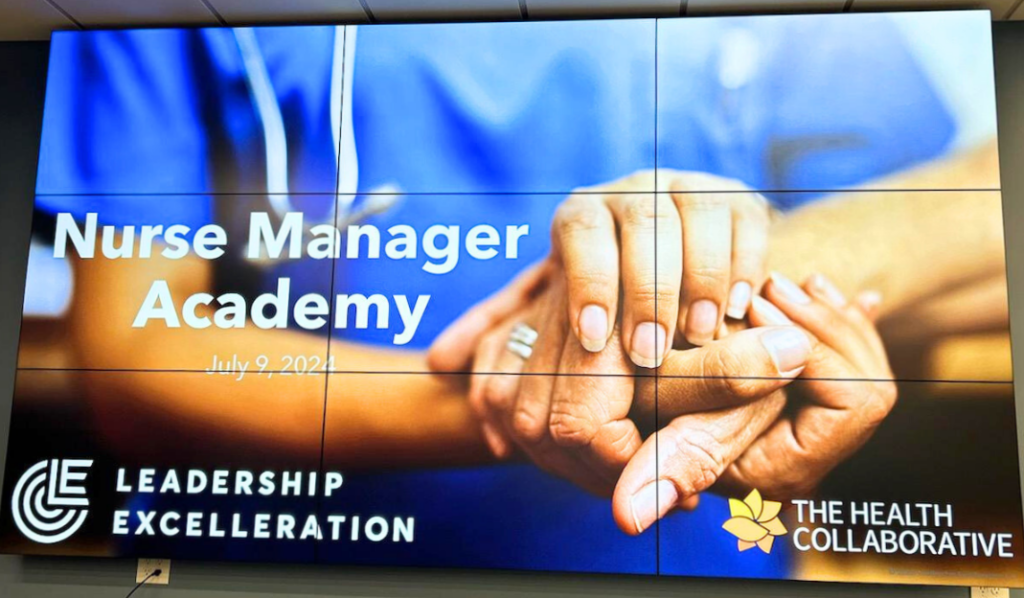One of the unsung heroes of the COVID-19 pandemic response in our region is The Health Collaborative’s (THC’s) own Christa Hyson MPH, Assistant Director for Emergency Response and Public Information Officer.
For the past 16+ months, Christa has been the main point of contact for hospital administrators, local & national media, and first responders alike. Whether appearing on camera or hustling behind the scenes, she’s worked 24/7 to ensure coordination and consistent communication at all levels across systems. While she may not yet be a household name a’la Amy Acton, those who know her say it’s just a matter of time.
We asked Christa to slow down for a few moments and give us a glimpse into her world, and what’s been on her mind during the worst pandemic in living memory.
Q: Hey there Christa! Let’s begin with a bird’s-eye view of your roles. What do you do? What parts of your profession are you most passionate about?
A: I am the regional healthcare coordinator for southwest Ohio (region 6) which allows us to establish a healthcare coalition (Greater Cincinnati Disaster Preparedness Coalition, or DPC) to be able to respond to all hazards. Whether it is an emergency, disaster, weather event, or act of terrorism, our region trains and collaborates to prepare for, respond to, and recover from catastrophic incidents or pandemics.
In this role, I am most passionate about removing barriers and creating equitable environments in emergency response. Emergencies are hard – but even harder if you struggle with items like food insecurity or any type of social, physical, or economic inequity.
I am not sure who originally made this analogy (if someone knows – let’s give them credit!) – but during the pandemic a comparison was made that I think visualizes the inequities throughout our existing systems. With the COVID-19 pandemic, yes we are all in the same storm, but we are NOT in the same boat. In fact, we are all in very different boats. Some of us are barely treading water or don’t have a boat at all, while others are barely feeling turbulence while riding the waves in a 500-foot yacht. I am working on making sure at least everyone has a life jacket.
Q: What role do you play in the region’s response to COVID-19?
A: In the beginning of the pandemic, I was serving as the Public Information Officer for the DPC which entailed everything from media interviews, press conferences, to communication planning, public education, and even translation services to make sure that essential health and safety information made it to those that needed it the most in an equitable and expedient way.
The first 15 weeks were incredibly difficult. I will carry the lessons I learned during that time, always. In August of 2020, I took over the Emergency Response division at THC. Our team manages the grant that supports the Hospital Preparedness Program (HPP) to assist the cooperative agreements and initiatives that improve surge capacity and enhance healthcare readiness. This grant is issued by ASPR (Assistant Secretary for Preparedness and Response). From PPE distribution to surge planning – we make sure our regional hospitals have the tools to take care of all patients.
“We have something special in Greater Cincinnati. We are fortunate to have a region that collaborates, and shares (from PPE to staff) even as competitors, to work together to benefit those that seek healthcare….”
Q: Why do you think our region has thus far been successful in managing the pandemic?
A: Our region has been successful in managing the pandemic because of our ability to work together. Being a member of different national coalitions, I had the opportunity to talk to colleagues that are in other states and even other countries, and we have something special in Greater Cincinnati. We are fortunate to have a region that collaborates, and shares (from PPE to staff) even as competitors, to work together to benefit those that seek healthcare in our region. Our next battle is combatting harmful policies, for example SB 22, or other laws that limit our ability to respond/ move quickly to prevent further harm from infectious diseases.
Q: Where do you think we have opportunity to improve?
A: We need to get better at taking care of those that take care of us. I am truly worried about the future of healthcare and public health professionals that carried the brunt of this pandemic. I am not sure what to call it – but being “beyond burnt-out” is all too common.
Another improvement that is imperative to prevent future harm or wide-spread illness is to lead infectious disease responses with science, public health experts, and evidence-based methods. Politicians, the court of public opinion, or social media outcry should not dictate healthy policy.
Q: How do you see healthcare/medicine changing over the next 5-10 years?
A: I see healthcare becoming more accessible, timely, and more personalized. Tele-health appointments removed many transportation barriers and increased convenience to many patients during the pandemic. Removing barriers to accessing healthcare is critical for an individual’s wellbeing.
Improvements in interoperability (the ability of systems or software to exchange and make use of information) across healthcare/public health and health systems will allow everyone from primary care providers to EMS responders to have the information they need to be able to provide the best care, immediately, to each patient. Increased interoperability will allow healthcare and public health professionals to make the best decisions, with real-time data.
Q: How do you spend your time when you are not fighting a pandemic?
A: I am honestly learning how to do that again, COVID-19 response has been the majority of my life for the past 16+ months. I am really excited to see live theatre again, going to a Reds game, and travel without fear (thanks vaccines!).
Q: Now that we’re one year into the pandemic, what are your biggest takeaways?
A: I learned that just because I can do it all, doesn’t mean I should. I would not have gotten through the past 16+ months without the people that helped me along the way. We are not built to thrive alone. Through the kindness of others – from food to flower deliveries – I was able to not let the angry voicemails, social media comments and phone calls consume me.
With infectious diseases, time is a luxury we do not have. And the American public (rightfully) wanted answers, and unfortunately we were building the plane as we were flying it. “I don’t know” is not an acceptable answer. And when we “don’t know” explicitly, one way or another, that leaves room for misinformation to spread like wildfire.
For future responses it is critical to have communication and health information that is easy to understand, competent, consistent, and complete. The quickly evolving nature of understanding COVID-19 was difficult information to grasp. With constantly changing safety recommendations, a lack of consistent messaging from state to state, and a lack of a national strategy, it unfortunately created an unstable foundation which led to public confusion and a mistrust of health officials.
A few things that did make me smile throughout the pandemic was the creativity of individuals – from “drive-by” birthdays, fun yard signs, to-go cocktails and meals, and online trivia.
Q: Finally, what’s your walk-up song?
A: When things get hard, I love to blare Tom Petty’s I won’t back down.
Here is a fun watch: https://twitter.com/GatorsFB/status/1318688446135693315?s=20 😊 Go Gators!






